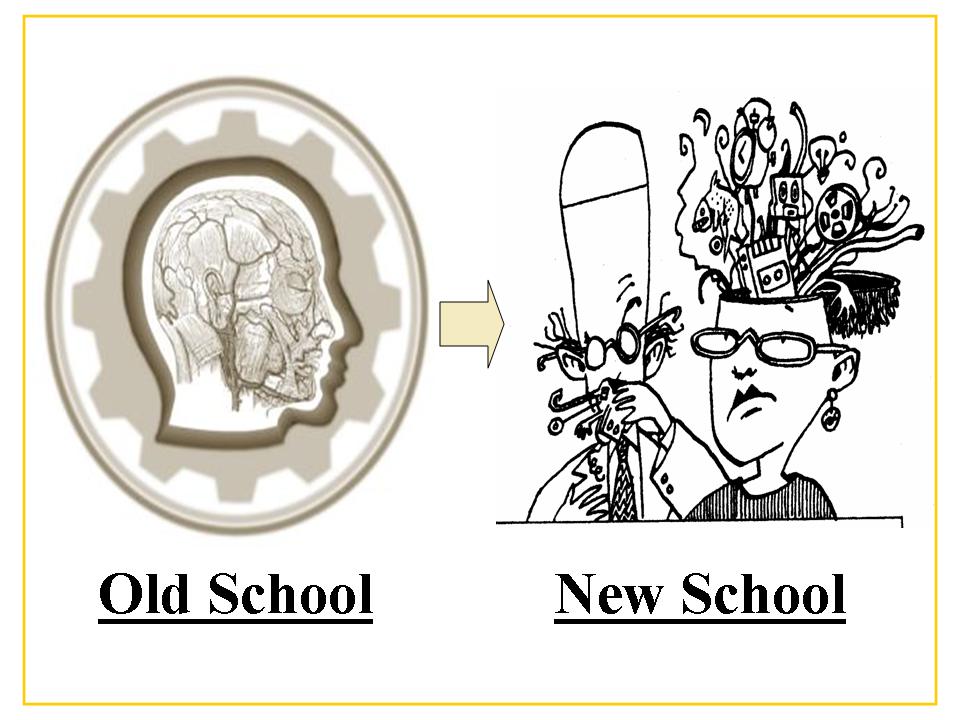Kludge: A Metaphor for Technology Use in Schools

- (electronics engineering) An improvised device, usually crudely constructed. Typically used to test the validity of a principle before doing a finished design.
- (general) Any construction or practice, typically inelegant, designed to solve a problem temporarily or expediently.
- (computing) An amalgamated mass of totally unrelated parts forming a distressing whole.
Any definition of “kludge” that you pick among the three above–I lean toward the second one but I do like the third as well–fits what has occurred over the past three decades with the introduction of desktop computers into schools followed by laptops, tablets, and hand-held devices with scads of accompanying software. Computing devices and accompanying software have been (and are) adds-on to education; all were initially introduced into U.S. manufacturing and commerce as productivity tools and then applied to schooling (e.g., spreadsheets, management information systems). Software slowly changed to adapt to school and classroom use but the impetus and early years applied business hardware and software to schooling. That birth three decades ago of being an add-on tinged with business application has made it a “kludge.”
The initial purposes over thirty years ago for buying and distributing desktops to schools were to solve the nation’s economic problems: U.S. students performing at levels lower than students in other countries. Teachers teaching an outmoded curriculum in traditional ways that failed to exploit the wealth of information available to them and their students electronically. Unpreparedness of students entering the job market in an economy that shifted from industrial- to information-based (see the 1983 report, A Nation at Risk). These were problems that higher standards, better teaching, and new technologies could solve. To end those problems, solutions of stiffer graduation requirements (e.g., four years of each academic subject), uniform and tougher curriculum standards (e.g. Common Core), and, yes, lots of electronic devices and software (e.g., computer labs, 1:1 laptops and tablets) were adopted to speed along more efficiently the improvement of U.S. schools to strengthen the economy. The push for more Kludge: A Metaphor for Technology Use in Schools | Larry Cuban on School Reform and Classroom Practice:
